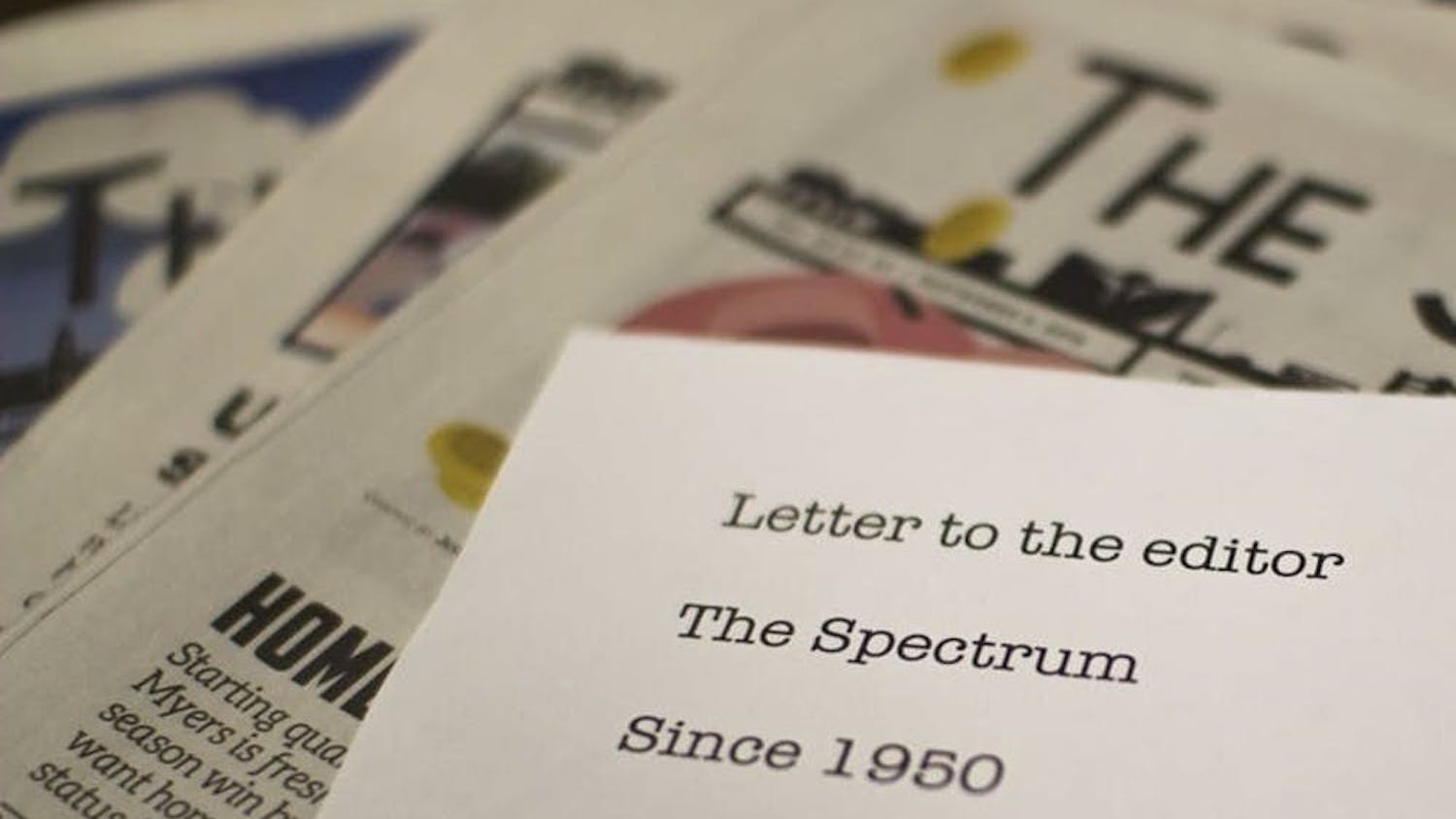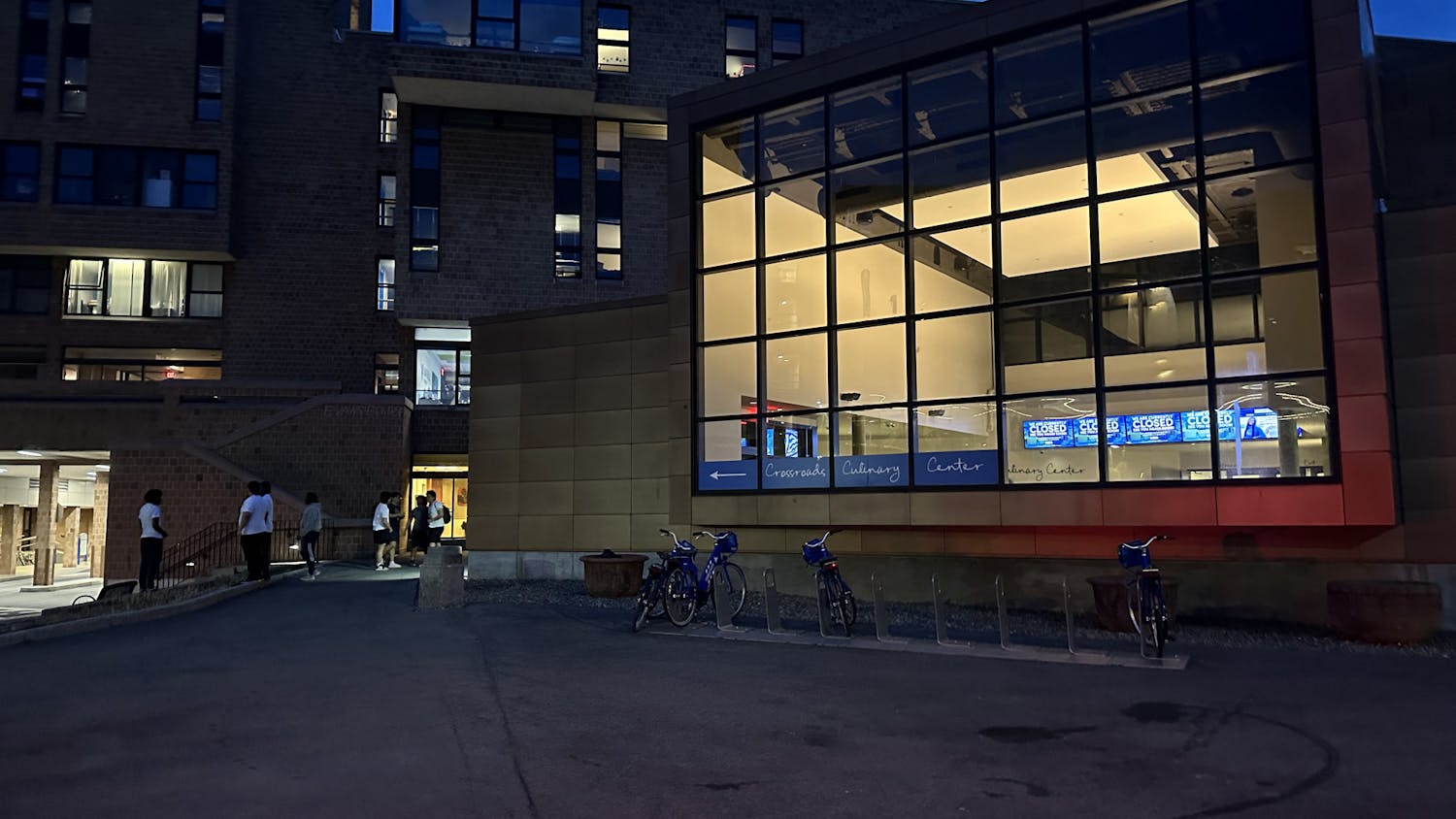The one-and-done rule has made college basketball suffer long enough. Louisville's win on Monday night is proof: It's time for a change.
The Cardinals won the title thanks to the depth and experience amongst their best players; three of their top four players are juniors and one is a senior. It's great for college basketball that a team of veterans who have grown with each other over the last few years were able to cut down the nets. The problem is there aren't enough of these teams.
College basketball is too diluted - as evidenced by the lack of consistency by the top teams throughout this season.
The one-and-done rule has affected more than just college basketball; it's starting to affect the NBA in a negative way as well.
We'll start with college. Players who don't want to - and in some cases don't need to - go to college are attending universities knowing they will be there for just one season. As fans, we witnessa constant cycle of 'one and dones,' who bar us from our opportunity to develop a sense of attachment to our team. Worse, teams continuously suffer heartbreaking losses to their rosters. It's becoming uncommon to see teams like Louisville - comprised of upperclassmen with team chemistry unimaginable to the likes of Kentucky's previous squads.
At this point, you're almost better off avoiding recruiting the elite players. You know many will just leave after one season anyway. With the exception of Kentucky in 2012, top high school recruits come in and are incapable of making enough of an impact to lead their teams to immediate success. Then they declare for the draft.
Why not recruit bottom-tier five-star recruits and top-tier four-star recruits who will remain at school for three or four years and help the team evolve as they evolve individually?
College basketball takes enough flak as it is for being significantly inferior to the NBA. The NCAA is giving haters even more reason to trounce a sport that it is comprised of incomparable passion and intensity and the best postseason tournament in sports - because the level of talent and cohesiveness simply isn't there.
This year's draft class is considered the worst in over a decade, with eight of the projected top 10 picks being college freshmen or sophomores.
How do we fix it? Simple: A player should have a choice to attend college or enter the draft directly out of high school. If the player chooses college, he must attend school for at least two years (one year fewer than college football's eligibility requirement).
Teams across the country will consist of experienced, respected players who are the faces of their campuses and the sport itself. Fans will be able to appreciate and idolize the same faces on the team for more than one season.
This doesn't only have a positive effect on the programs; it benefits the players as well. Far too often, underclassmen declare for the draft and are second-round picks, resulting in a non-guaranteed contract and a constant existence in the NBA's death trap - the D-League.
Keeping players in college basketball longer gives them the chance to better prepare for the pros and increase their draft stock. And for those uninterested in college, go straight to the pros after high school.
So how does all of this affect the NBA?
Weaker draft classes and less talented incoming players are creating a huge gap between the best and the worst teams in the NBA.
This season is evidence of that, as for the first time in NBA history, five different teams have recorded at least 12-game winning streaks. The players making early entries into the draft as freshmen are often not ready to compete in the NBA, leaving the teams that own the top picks with prolonged turnaround in their quests for success via the draft.
Teams that selected in the top five of last year's draft - which was considered to be an above-average class - are a combined 125-259 this season.
With the rate of ineffectual players entering the draft as freshmen and becoming top picks, it's going to take a while for teams like Phoenix, Sacramento and Charlotte to become relevant.
The counter argument: "The top freshmen in college would just declare for the NBA draft as high schoolers anyway and still be top picks, so what's the difference?"
There's a huge difference.
From 1995 (when it became common for high schoolers to declare for the draft) until 2005 (when players' eligibility requirements were changed), only nine players were selected in the top five: Kevin Garnett, Jonathan Bender, Darius Miles, Kwame Brown, Tyson Chandler, Eddy Curry, LeBron James, Dwight Howard and Shaun Livingston. An average NBA fan knows at least four of those players.
The crop of high schoolers drafted outside of the top five were even less recognizable. Teams were scared of taking chances on high schoolers and instead they used their top picks on promising, experienced, impactful college players who had multiple years of tinkering their game before entering the next level. And that's what this new rule could bring back.
Let's allow players to choose to go pro after high school, give teams better odds of drafting impactful players and give college fans the opportunity to fall in love with a team that isn't revamping its roster each season.
Email: jon.gagnon@ubspectrum.com




